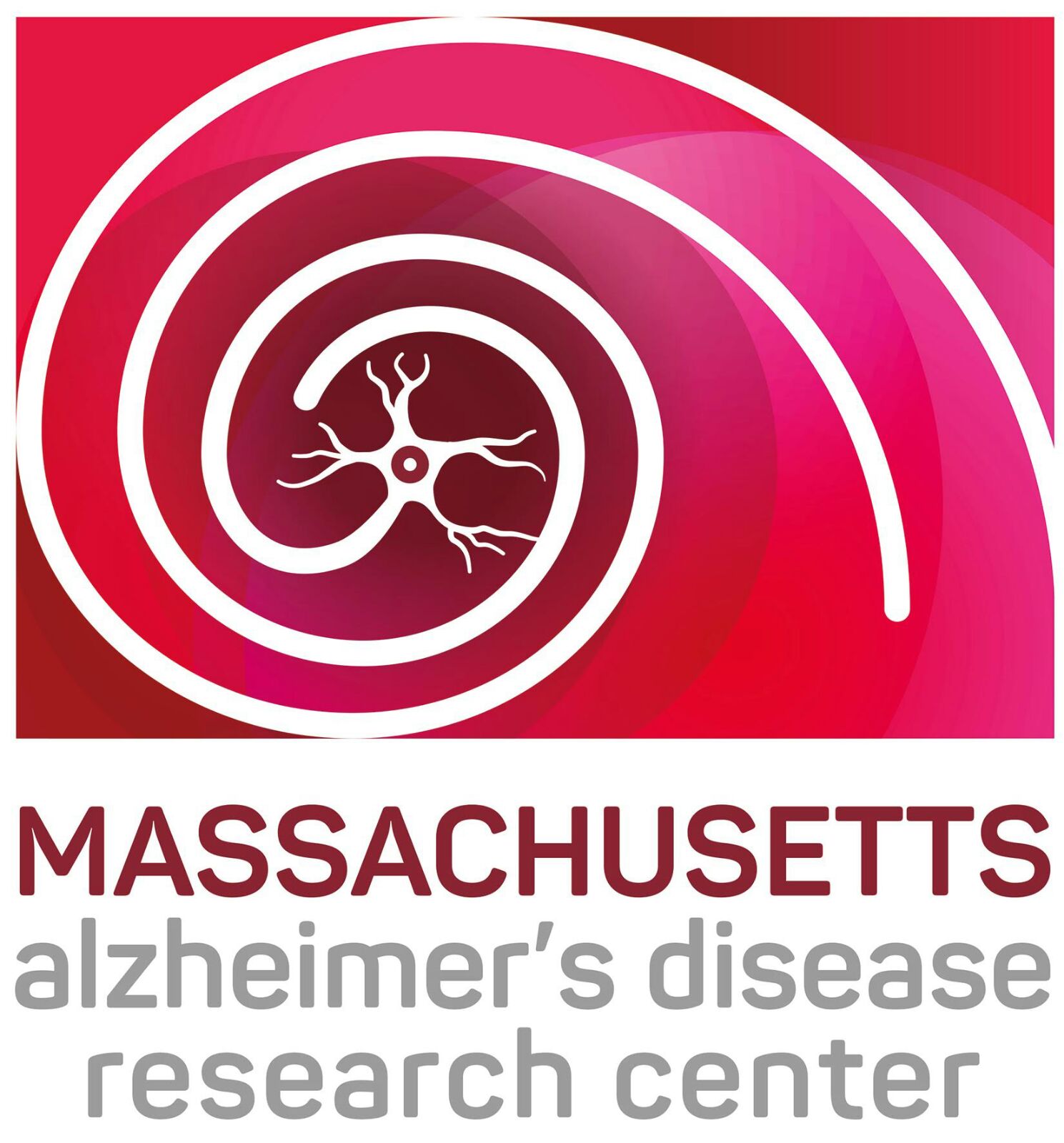Is it nature or nurture that ultimately shapes a human? Are actions and behaviors a result of genes or environment?
Variations of these questions have been explored by countless philosophers and scientists across millennia.
Yet, as biologists continue to better understand the mechanisms that underlie brain function, it is increasingly apparent that this long-debated dichotomy may be no dichotomy at all.
In a study published in Nature Neuroscience on Jan. 21, neuroscientists and systems biologists from Harvard Medical School reveal just how inexorably interwoven nature and nurture are.
Using novel technologies developed at HMS, the team looked at how a single sensory experience affects gene expression in the brain by analyzing more than 114,000 individual cells in the mouse visual cortex before and after exposure to light.
Their findings revealed a dramatic and diverse landscape of gene expression changes across all cell types, involving 611 different genes, many linked to neural connectivity and the brain’s ability to rewire itself to learn and adapt.
The results offer insights into how bursts of neuronal activity that last only milliseconds trigger lasting changes in the brain, and open new fields of exploration for efforts to understand how the brain works.
“What we found is, in a sense, amazing. In response to visual stimulation, virtually every cell in the visual cortex is responding in a different way,” said co-senior author Michael Greenberg, the Nathan Marsh Pusey Professor of Neurobiology and chair of the Department of Neurobiology at HMS.
“This in essence addresses the long-asked question about nature and nurture: Is it genes or environment? It’s both, and this is how they come together,” he said.
https://hms.harvard.edu/news/nature-meet-nurture?utm_source=SilverpopMai…
